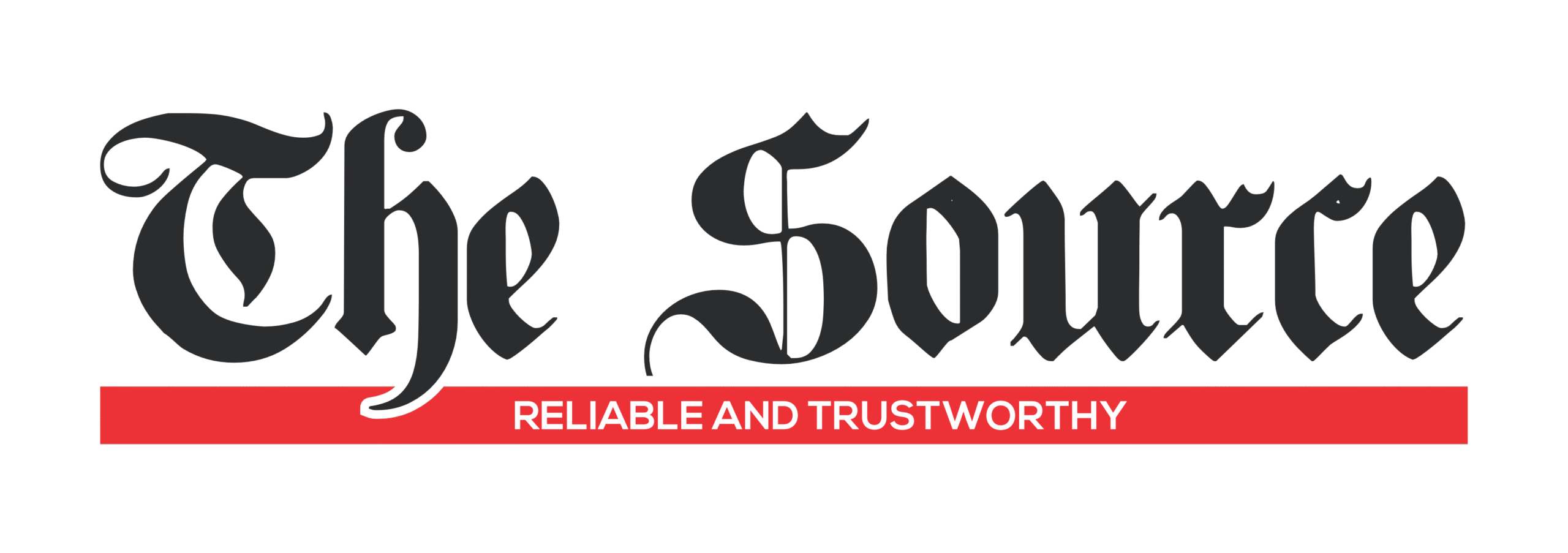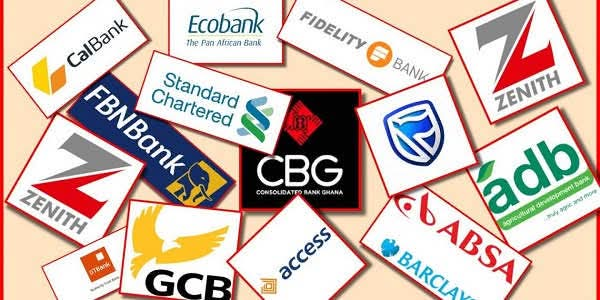Ghana’s banking industry has delivered one of its most profitable half-year performances in recent memory, with profit after tax soaring by 32.6 percent to GH¢7.2 billion as of June 2025.
The latest Monetary Policy Report released by the Bank of Ghana in July 2025 paints a picture of an industry that has managed to expand profitability across nearly all income lines, even as cost pressures persist and economic headwinds remain.
The figure compares favourably with the 25.5% growth recorded in the first half of 2024, suggesting that the recovery trajectory of the banking sector, following the disruptions of the Domestic Debt Exchange Programme (DDEP) in 2023, is gathering momentum.
Pre-tax profits also surged by 32.2% to GH¢10.8 billion at the end of June 2025, up from GH¢8.1 billion in June 2024.
According to the central bank, this strong growth was driven primarily by increased net interest income, higher fees and commissions, and a sharp rebound in other income streams.
The drivers: Interest income and fees
The report shows that net interest income, the backbone of bank earnings, increased by 20.2% to GH¢14.2 billion in June 2025, compared with GH¢11.8 billion in the same month a year earlier. This rate of growth slightly exceeded the 19.4% expansion recorded in June 2024.
Total interest income reached GH¢21.6 billion, representing a 20.4% increase from GH¢18 billion in June 2024.
The central bank attributed this performance to relatively higher yields on money market instruments during the first half of 2025 and elevated lending rates charged by banks.
The cost of funds, however, also went up.
Interest expenses increased to GH¢7.5 billion in June 2025, representing a 20.7% rise from GH¢6.2 billion in June 2024.
This was marginally higher than the 18.6% growth recorded in the same period last year, highlighting the rising cost burden banks face in mobilising deposits and wholesale funds.
Beyond interest income, net fees and commissions also contributed positively.
They recorded a growth of 17.8% in June 2025, an improvement from 16.8% a year earlier.
This steady expansion reflects increased volumes of transactional activity, higher charges on services, and a gradual rebound in trade-related banking services.
What stood out in the income mix, however, was the sharp rise in “other income.”
The category soared by 52.2$ to GH¢3.6 billion in June 2025, compared with GH¢2.4 billion in June 2024, when it had contracted by 16.2%.
Analysts suggest that this surge may have been driven by gains from foreign exchange trading, revaluation profits, and other ancillary business lines as banks diversified revenue sources to withstand macroeconomic volatility.
Overall income growth
With all major income lines improving, the industry’s operating income rose to GH¢20.9 billion in June 2025, up from GH¢16.8 billion in the previous year.
This represents a growth rate of 24.4 per cent—nearly double the 12.3% recorded in June 2024.
Gross income also rose strongly, hitting GH¢28.3 billion in June 2025, compared with GH¢23.0 billion a year earlier.
This equates to a year-on-year growth of 23.4%, significantly higher than the 14% growth recorded in June 2024.
“The broad-based growth in income lines reflects an industry that is regaining confidence, leveraging higher market rates, and expanding service offerings to clients,” the Bank of Ghana stated in its report.
Rising operating costs
Despite the robust revenue growth, banks are grappling with higher costs.
Operating expenses rose by 21.4% in June 2025, compared with 15.5% in the same period of 2024.
The increase was largely on account of rising staff costs, higher administrative expenses, and inflationary pressures that have affected the cost of running branch networks and digital operations.
Nonetheless, banks continued to benefit from declining impairment charges.
Impairment losses on financial assets, provisions for bad debts, and depreciation contracted by 14.8% in June 2025, following an even steeper contraction of 39.5% in June 2024.
The slower pace of contraction suggests that while banks have reduced their provisioning relative to the immediate post-DDEP period, some caution remains in relation to credit risks and asset quality.






